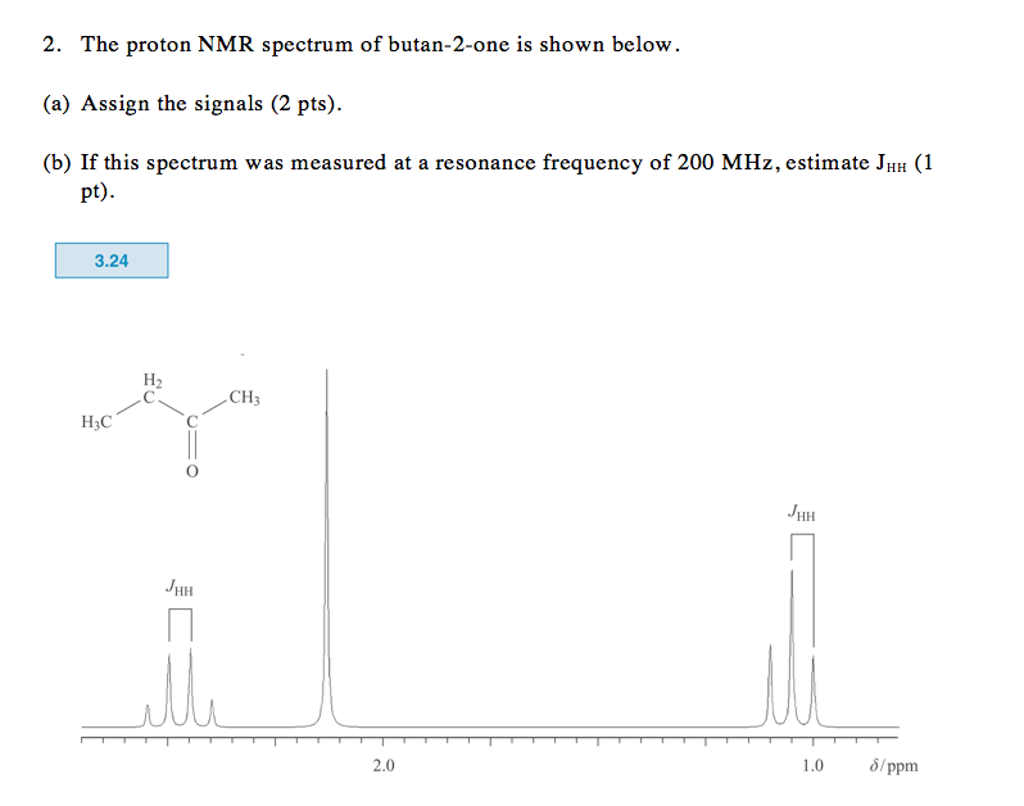

The multiplicity can tell you about nearby protons ( spin-spin splitting).Įlectrons near a proton nucleus (from other atoms, like C, O, N) create their own induced magnetic field in the opposite direction of B o, which decreases the magnitude of the effective magnetic field ( B eff) actually experienced by the proton, B eff < B o. The size/integrated area under each signal can tell you about equivalent protons.ģ. The position of the signal can tell you about the electronic structure directly around the proton.Ģ. Spectral analysis is explained in more detail below:ġ. The α-to- β energy difference is related to the frequency of the resonance transition by the equation: E = hv where h is Planck’s constant and v is the frequency, so B is directly proportional to E and v (see the figure below). When the spin relaxes back down to the α state, each proton’s resonance energy is recorded by the NMR spectrometer as a frequency and a signal is plotted on the spectrum. If the appropriate energy is input (in NMR, radio wave frequencies), the α state can flip to the β state, and if this occurs, the proton is said to be “in resonance” with the external magnetic field, hence the name nuclear magnetic resonance spectroscopy. When a nuclei is placed in a magnetic field ( B o), the nuclei’s magnetic moment can either align or oppose the applied magnetic field, so there is a low-energy state ( α), and a high energy state ( β), respectively, which can exist. Proton nuclei can be modeled as a spinning positive charge, which means they have a magnetic moment (according to the right-hand rule) that is perpendicular to that rotation, and this is noted as either spin “up” or “down”. The principle behind NMR is that many nuclei have spin and all nuclei are electrically charged. NMR (nuclear magnetic resonance) spectroscopy is one of the most widely used methods to characterize organic compounds because it can provide information about the different proton environments and thus the molecular structure.


 0 kommentar(er)
0 kommentar(er)
